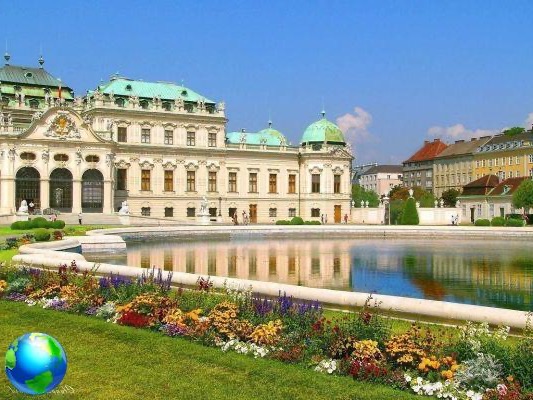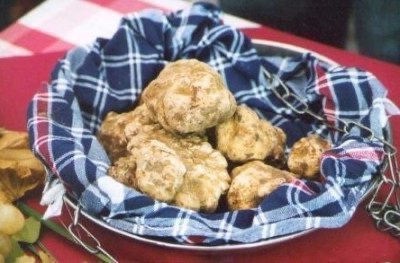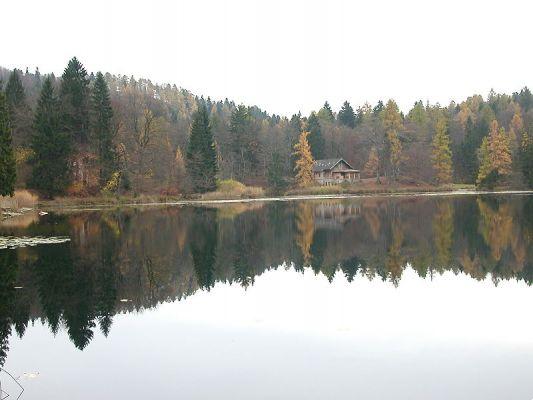Vienna, the magical city of Austria beautiful both in winter and with summer events and festivals. What to do in three days, here is a mini guide for a low cost trip.
Homeland of the Habsburgs, Klimt and Freud, but also of Sachertorte and Waltz: Vienna is a city full of places to discover, ideal for a long weekend of art and romance.

It is not difficult to find reasons for one trip to Vienna, indeed: in short, it is one of the most beautiful and most historic cities in Europe, with a vast imperial history, an artistic effervescence culminating in Liberty andEarly twentieth century expressionism, an impressive musical legacy still evident today in many theaters and concert halls, as well as an interesting (and tasty) coffee culture, where the splendid Sachertorte dominates, created for the first time in 1832 and has become one of the symbols of Austrian gastronomy in the world whole.
If, therefore, there was any doubt about the destination, what has been read so far could have led someone to convince themselves to find some good offer of accommodation in the city, perhaps for a long weekend of three days, ideal time to taste a good piece of Vienna.

Il first day can serve to make an appetizer of the monuments and to begin to familiarize a little with the places and the streets: a possible solution is to buy a ticket for the Vienna Ring Tram, a sort of tourist tram that, in a journey of about 30 minutes, takes you around the Ringstrasse, one of the most famous and elegant avenues in the city, which surrounds the historic center and allows you to see some of the most significant attractions of Vienna, such as the town hall, the Parliament Building, the Opera House and the Hofburg Palace, the winter residence of the Habsburg court.

A tour that can also be done on foot, taking the opportunity to take a look at the fascinating urban architecture of the Austrian capital, refined and elegant, and its historic center. A destination not to be missed is the Gothic Cathedral of St. Stephen, the Cathedral dating back to the twelfth century, with the characteristic "Steffl", the medieval spire of the bell tower visible from almost every corner of the city, which can also be visited by climbing well 343 steps: the effort will be rewarded by a truly breathtaking view of Vienna.
To relax a bit you can stroll along the Kärntnerstrasse, a large pedestrian mall where the shops and boutiques of the world's leading brands follow one another.

Il second dayinstead, it can be dedicated to culture, immediately starting to visit one of the largest museums in the world, the Museums Quartier Wien, a skilful architectural mix of ancient and modern style, with the baroque of the old restored stables alongside the avant-garde lines of the new buildings.
Here arise the Leopold Museum, which contains hundreds of modern Austrian art masterpieces collected by the tireless Rudolf Leopold, who boasts among the jewels some paintings by Gustav Klimt (but not "The Kiss", which instead is located at the Österreichische Galerie Belvedere), Oskar Kokoschka and the world's largest collection of Egon Schiele's works; the Kunsthalle with international modern and contemporary art, the Museum of Modern Art - Ludwig Wien Foundation (MUMOK, which focuses on pop art, art, nouveau realism and photorealism), the halls of the Vienna Festival and the Dance Center .

Going north, almost on the banks of the Danube, you can pay homage to the father of modern psychoanalysis, by visiting the Sigmund Freud-Haus Museum, the house (now a museum) in which Freud lived from 1891 to 1938, where it is possible to see documents, photos, relics and ancient objects that the scholar collected.
Il third dayFinally, it can be the one to meet the history of Vienna, starting from Naschmarket, an open-air market on the edge of the city that has been active since the Middle Ages, then learn about the Habsburgs and the city's imperial past in the charming Schoenbrunn Palace, with a guided tour through the opulent rooms of the former summer residence of Empress Elizabeth (for everyone, Sissi), explore the gardens of the Baroque palace and get lost in the vast maze of the seventeenth century.

What is missing? The divertissement: obviously everyone has their own idea of "pleasure", and a guide can only provide small suggestions. In this case, there are two things to keep in mind: Sachertorte was born in this city in 1832, when the young pastry chef Franz Sacher tried to conquer the tastes of Klemens von Metternich.
Today you can taste the cake made according to the original recipe onlyHotel Sacher (which produces over 270.000 pieces a year by hand), but each pastry shop in the city has its "own" version. And then, the Prater: splendid green park, but also a place with hundreds of attractions, such as the famous one Ferris wheel which dominates the whole of Vienna.























